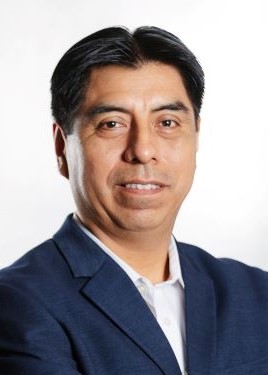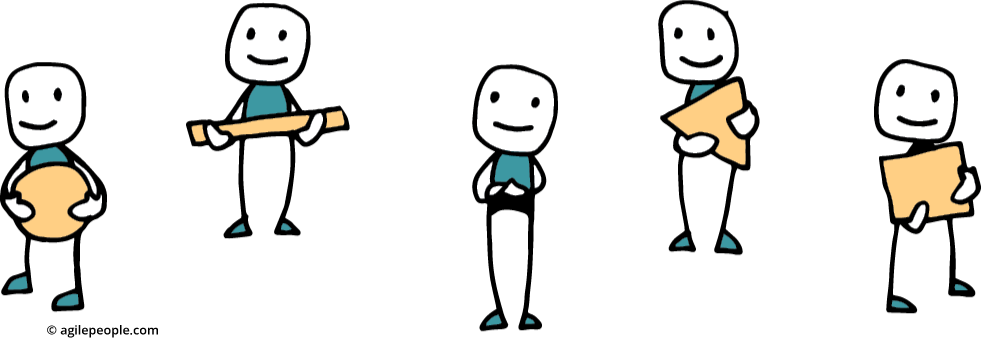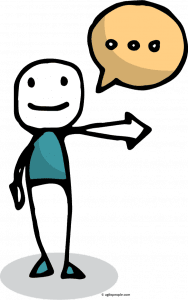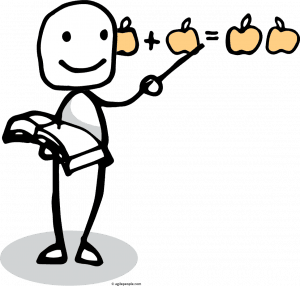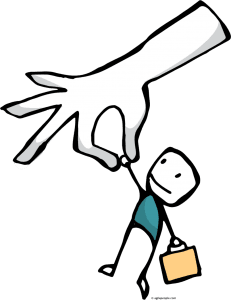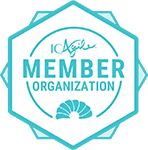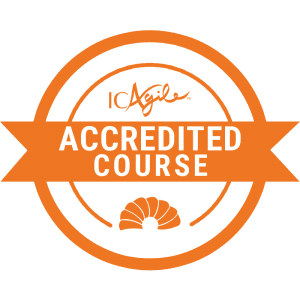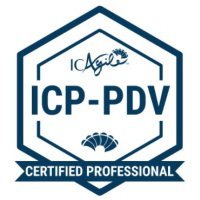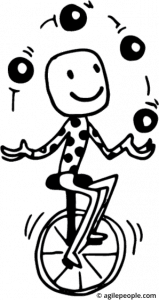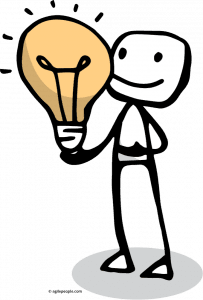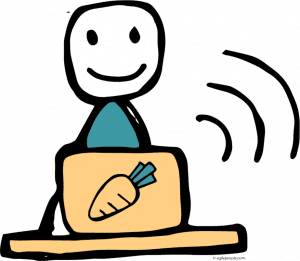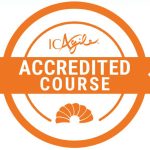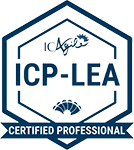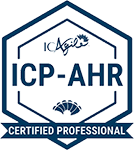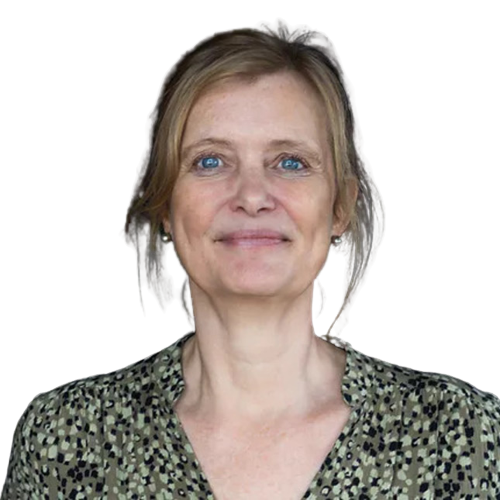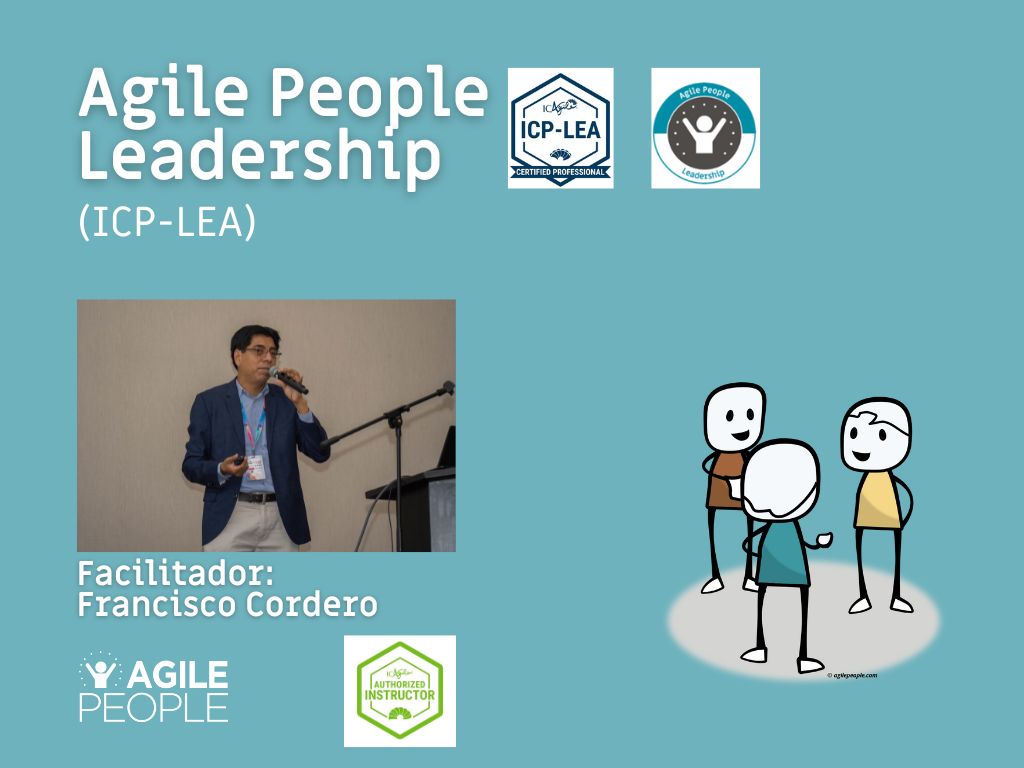
[Español] Programa de Fundamentos Agile People + Liderazgo Ágil (ICP-LEA) [Modalidad OnLine]
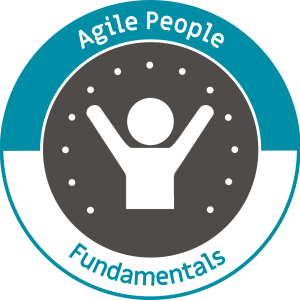
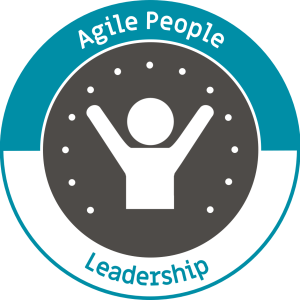
El Desafío
Hoy en día, las empresas con mayor evolución han cambiado su rol de gestión formal a un rol de liderazgo más servicial, al darse cuenta de que las personas son más productivas, creativas y felices cuando ellas tienen la capacidad de ser líderes de su propio destino, lo cual contribuye directamente a su misión en la organización. Este nuevo enfoque permite que todos desarrollen capacidades y habilidades de liderazgo bajo un entorno de trabajo lleno de confianza y empoderamiento
Objetivo
Este programa está enfocado en líderes que quieran ser adaptables y ágiles en su estilo de liderazgo, aprendiendo cómo liderarse a sí mismos y a los demás con el propósito de crear las condiciones para un entorno que permita prosperar la agilidad empresarial con foco en las personas.
Durante este curso en Liderazgo ágil, los asistentes debatirán sobre el nuevo papel de los líderes emergentes en una organización ágil.
Los líderes ágiles son grandes transformadores que sirven a todas las personas que representan la riqueza de la empresa. Los líderes, gerentes, jefaturas, RR.HH., empleados, cada uno en una organización de aprendizaje, están llamados a desarrollar su liderazgo ágil.
Aunque esta visión del papel del líder ágil todavía no es la norma hoy en día, muchas organizaciones están experimentando con estructuras organizativas alternativas, nuevas formas de colaboración y prácticas centradas en las personas que permiten que prospere una cultura ágil.
Al final de este programa, los participantes habrán adquirido conocimientos y habilidades prácticas para facilitar el surgimiento de nuevas formas de trabajar y ser, que coloquen a cada persona en una posición de líder transformacional para generar un cambio duradero, el compromiso de los equipos, y un ambiente de trabajo armónico y eficiente.
Importante: El programa se dará en Español y los materiales e-learning usados estarán en Inglés.
 Contenido del Programa
Contenido del Programa
El programa estará compuesto por 10 sesiones de 2 horas cada uno (en zoom), y se realizarán desde el 30 de Mayo al 27 de Junio 2023.
Curso: Fundamentos Agile People (fechas, hora Perú)
Martes 30 Mayo y Jueves 1 Junio (6.30pm a 8.30pm) – Sesión 1 y 2
Martes 6 y jueves 8 de Junio (6:30pm a 8:30pm) – Sesión 3 y 4
Martes 13 de Junio (6:30pm a 8:30pm) – Sesion 5
Curso: Liderazgo Ágil con Agile People (fechas, hora Perú)
Jueves 15 de Junio (6.30pm a 9pm) – Sesión 1
Martes 20 y Jueves 22 de Junio (6.30pm a 9pm) – Sesión 2,3 y 4
Martes 27 de Junio (6.30pm a 9pm) – Sesión 5
Objetivo de las Sesiones Fundamentos Agile People
Sesión F1: Introducción a Agile People y principios/herramientas importantes
La base de la mentalidad de Agile People se trata de los principios, valores, métodos y herramientas que necesitamos comenzar a usar para liberar competencia e innovación, y lo que dejamos de hacer. Discutimos sus desafíos y revisamos la tarea de certificación.
Sesión F2: La seguridad psicológica como base para una organización de aprendizaje
En esta sesión se enfatiza la importancia de un enfoque impregnado de seguridad y confianza para aumentar la rentabilidad y la innovación: necesitamos seguridad psicológica para impulsar la creatividad a través de una cultura en la que está bien fallar rápido y volver a intentarlo.
Sesión F3: Estrategias, estructuras y metas emergentes
En lugar de una planificación a largo plazo, las estrategias emergentes son nuevas formas de trabajar en las organizaciones. Usando mapa de flujo de valor para optimizar los flujos en un sistema en lugar de trabajar con optimización de recursos.
Sesión F4: Creación de condiciones para una cultura ágil
En esta sesión, exploramos cómo puedes crear las condiciones para una cultura donde las personas pueden desempeñarse a su nivel óptimo con la sensación de ser apoyadas y estando en un entorno seguro.
Sesión F5: Creando condiciones para el Cambio
En los entornos complejos de hoy en día, como personas y como organizaciones, tenemos el desafío de ser mucho más adaptables, para tener la capacidad de navegar en la complejidad. ¿Cómo podemos dar sentido a las cosas cuando las cosas siguen cambiando? ¿Cómo podemos tomar decisiones y actuar cuando no tenemos toda la información que necesitamos?
Objetivo de las Sesiones Liderazgo Ágil con Agile People
Sesión L1: El por qué y el qué de liderar con agilidad
En esta sesión, exploramos el entorno cambiante y las dinámicas que exigen unos diferentes enfoques de liderazgo y seguimiento. Nos fijamos en la desalineación entre lo que los gerentes piensan que impulsa a su gente y lo que la gente (trabajadores del conocimiento) espera de las personas que los gestionan y lideran.
Sesión L2: Comportamientos que permiten la agilidad
Cuando se desea hacer un cambio, se deben entender tres cosas: De dónde venimos, dónde estamos ahora, y hacia dónde nos dirigimos. En esta sesión exploramos la evolución de las teorías de liderazgo y qué estilos y enfoques de liderazgo han dado a luz. Determinamos lo que sigue siendo relevante. y que necesita cambiar.
Sesión L3: Conocerse y Conectarse Contigo Mismo
Si no podemos entendernos y abrazarnos a nosotros mismos, tenemos pocas esperanzas de comprender y aceptar completamente a los demás. Comprender por qué reaccionamos a las cosas de maneras específicas nos brinda la comprensión y la capacidad de elegir mejor nuestras respuestas y cambiar la forma en que nos mostramos en nuestras interacciones. Liderar a otros comienza con el desarrollo de nuestro autoliderazgo. En esta sesión, exploramos formas de mapear y volvernos más conscientes de nuestras propias experiencias para ser mejores líderes.
Sesión L4: Desarrollarnos y liderarnos a nosotros mismos
Habiendo obtenido algunas ideas sobre cómo podemos conocernos y conectarnos con nosotros mismos, ahora es el momento de poner eso en práctica. Nos familiarizamos con el Modelo de liderazgo desarrollado por Gervase Bushe y el creador del líder de los cuatro “yo”. El yo consciente, el yo descriptivo, el yo curioso y el yo apreciativo. Exploramos varios contextos diferentes donde podemos poner estos en práctica.
Sesión L5: Comunicación Efectiva
Comunicarse de manera efectiva, relacionarse con los demás, crear y mantener interacciones, tener conversaciones productivas y, en última instancia, influir en los demás requiere tanto la práctica como la comprensión de la dinámica de la comunicación. En esta sesión se trabaja la dinámica de la efectiva comunicación a través de varios modelos mentales, la dinámica de conversaciones productivas, y el poder del storytelling ara mover e influenciar a otros.
 Certificados del Programa
Certificados del Programa
Se otorgará dos certificados de participación y reconocimiento a nombre de Agile People, uno del curso de Agile People Fundamentals y el otro de Agile People Leadership.
El curso adicionalmente permite obtener la certificación internacional IC Agile Leading with Agility (ICP-LEA). En caso el participante esté interesado, debe presentar un trabajo final integrador de ambos cursos, luego hacer el pago adicional de un fee para estar habilitado en IC Agile (a través de la página web de Agile People, previa coordinación con el instructor) y, finalmente después de la aprobación del trabajo final, obtendrá el badge y certificado oficial.
Dirigido a:
Líderes de transformación ágil, Agile Coaches, Scrum Masters, Facilitadores de Equipos Ágiles, especialistas en Change Management, gerentes de consultoría, líderes que busquen una nueva forma de pensar y quieran potenciar el involucramiento, compromiso y alto desempeño de sus equipos, a través de la agilidad.
Trainer
-
Francisco Cordero
Como Agile Coach acompaño el proceso de transformación ágil de empresas multinacionales para lograr adaptarse a los cambios de negocio. En mi más reciente desafío soy miembro del equipo BeAgile de NTT Data y en donde impulsamos programas de liderazgo ágil dentro de la organización, que se ha vuelto un elemento habilitador en la adopción de agilidad. Soy Trainer Autorizado de Agile People en Liderazgo Ágil lo cual me ha permitido dar talleres y compartir experiencias y aprendizajes. Cuento con experiencia en adopción de frameworks a diversas capas de la organización tales como: Scrum, Kanban, SAFe, OKRs, Management 3.0 _____ As an Agile Coach I work closely with agile transformation journeys of multinational companies in order to adapt to business challenges. In recent years, I work internally in NTT Data Agile Transformation journey and promote agile leadership initiatives within the organization, which has become a key agility enabler. I am an authorized Agile People Trainer in Agile Leadership which has allowed me to facilitate workshops, share experiences and learning. I have experience in adopting frameworks to different units and levels across the organization such as: Scrum, Kanban, SAFe, OKRs, Management 3.0
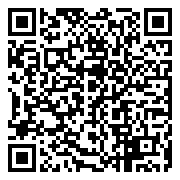
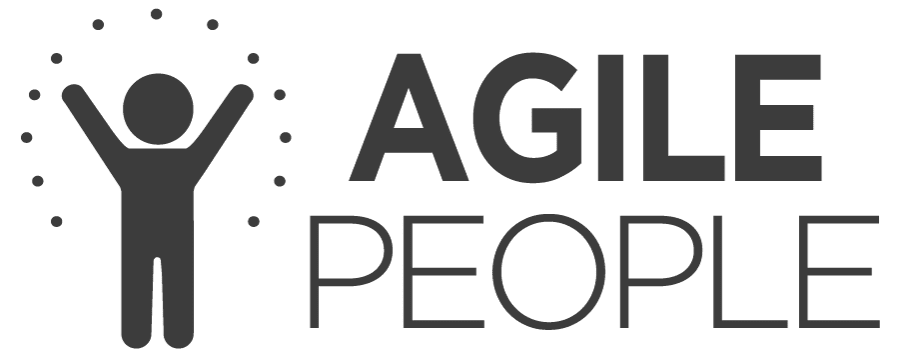
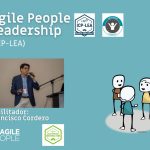
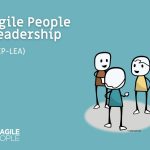
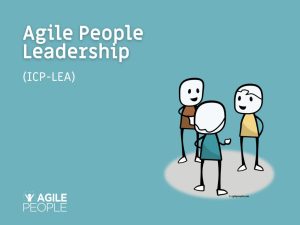
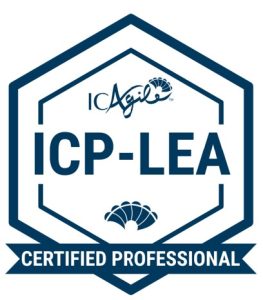
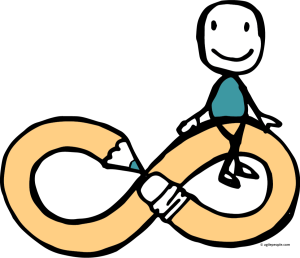 Contenido del Programa
Contenido del Programa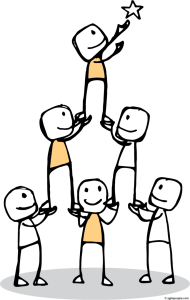 Certificados del Programa
Certificados del Programa